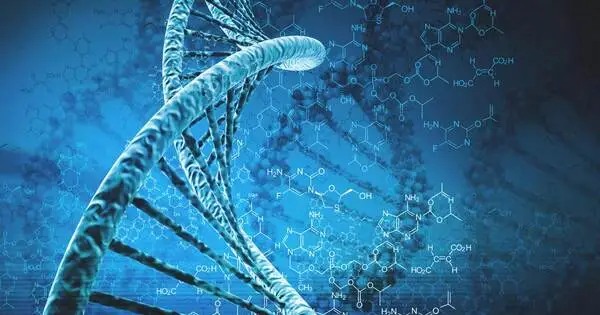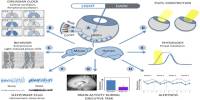The human genome is a complete set of nucleic acid sequences for humans, encoded as DNA within the 23 chromosome pairs in cell nuclei and in a small DNA molecule found within individual mitochondria. It is the complete set of genetic information encoded in our species’ DNA. The nuclear genome and the mitochondrial genome are typically treated separately. This genetic material is organized into structures known as chromosomes, which are found in the nucleus of each cell.
The human genome contains approximately 3 billion base pairs of DNA, which form genes that provide instructions for building and maintaining the human body. Human genomes contain both protein-coding DNA sequences and various types of non-protein-coding DNA. The latter is a broad category that includes DNA coding for non-translated RNAs such as ribosomal RNA, transfer RNA, ribozymes, small nuclear RNAs, and various regulatory RNAs.
Key points about the human genome:
- DNA Structure: The DNA molecule has a double helix structure, which is made up of two long strands that are twisted around each other. Each strand is composed of a chain of nucleotides, each of which contains a sugar, a phosphate group, and a nitrogenous base. The genetic code is formed by the sequence of these bases (adenine, thymine, cytosine, and guanine).
- Genes: Genes are DNA segments that carry instructions for the synthesis of proteins, which are essential for cell structure and function. They also help to regulate various biological processes.
- Chromosomes: The human genome is made up of 23 pairs of chromosomes, 22 pairs of autosomes, and one pair of sex chromosomes (XX in females and XY in males). Each pair receives one chromosome from each parent.
- Genome Sequencing: The Human Genome Project, completed in 2003, was an international research initiative that aimed to map and sequence the entire human genome. This monumental effort provided a reference for understanding human genetics and has since paved the way for advancements in personalized medicine, genetic research, and our understanding of inherited diseases.
- Variation: While the human genome is largely conserved among individuals, there is variation in the DNA sequence between people. This natural variation contributes to the diversity observed in human populations and can influence traits such as susceptibility to certain diseases or response to medications.
It also contains promoters and their associated gene-regulatory elements, as well as DNA with structural and replicatory functions, such as scaffolding regions, telomeres, centromeres, and replication origins, as well as a large number of transposable elements, inserted viral DNA, non-functional pseudogenes, and simple, highly repetitive sequences. Introns account for a significant portion of non-coding DNA. Some of this non-coding DNA is non-functional junk DNA, such as pseudogenes, but the total amount of junk DNA is unknown.
Understanding the human genome has had far-reaching medical implications, allowing for the identification of genetic factors in diseases, the development of targeted therapies, and advances in areas such as genetic counseling and gene editing technologies.
















